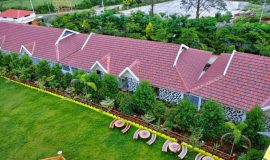
Accommodations

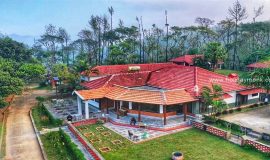
Exotic Coffee Plantation Homestay
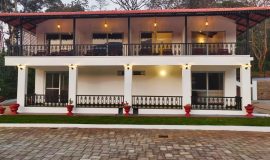
Mountain Flower Homestay near Bhadra Wildlife Sanctuary
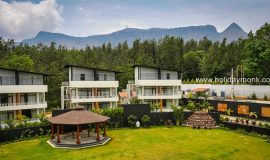
Bindiga Peak Resorts
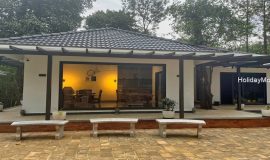
True Paradise Private Coffee Estate Cottage
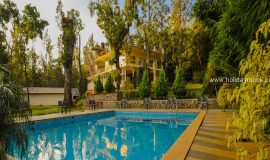
Adventure at an Exotic Nature Resort
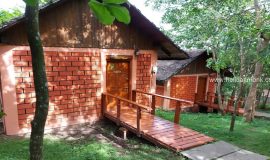
The River Tern Lodge Bhadra – Jungle Lodge
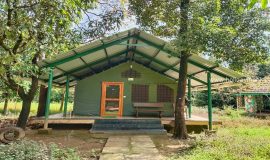
Bhagawathi Nature Camp – Jungle Lodges
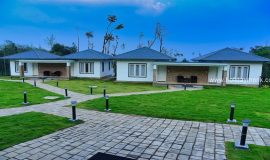
Premium Plantation Cottages with Swimming Pool

Nature Resort with Private Waterfalls
Tours
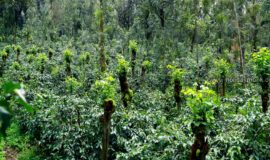
Premium Coffee Estate Camping
- Make your mood delightful
- Enchanting natural surroundings
- Stay and visit to the coffee units with guides
- Get impeccable, ravishing and luxury stay
- Estate camping’ with camp fires, water proof tents, authentic food and amazing music
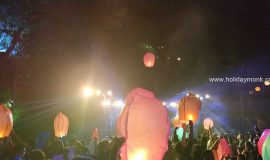
Chikmagalur – Perfect New Year Getaway
- New Year Celebration
- Western Ghats Trek
- Eco Retreat Stay
- Eco Retreat Stay
- Dinner after the bonfire session
- Some fun and party games for New Year
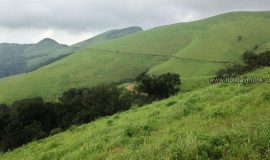
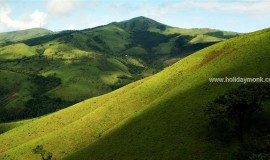

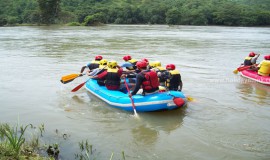

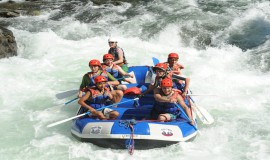
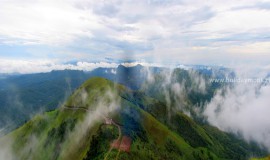
Chikmagalur Monsoon Package
- Climb Misty Hills for sightseeing
- Trekking in Western Ghats
- Enjoy World Famous Western Ghats rain
- Photography
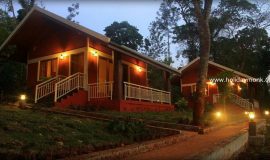
Chikmagalur Plantation Stay Tour
- Tea Plantation Stay
- Fine dine - Malnad Cuisines
- Wildlife
- Extreme Off Beat Drive
Things to Do
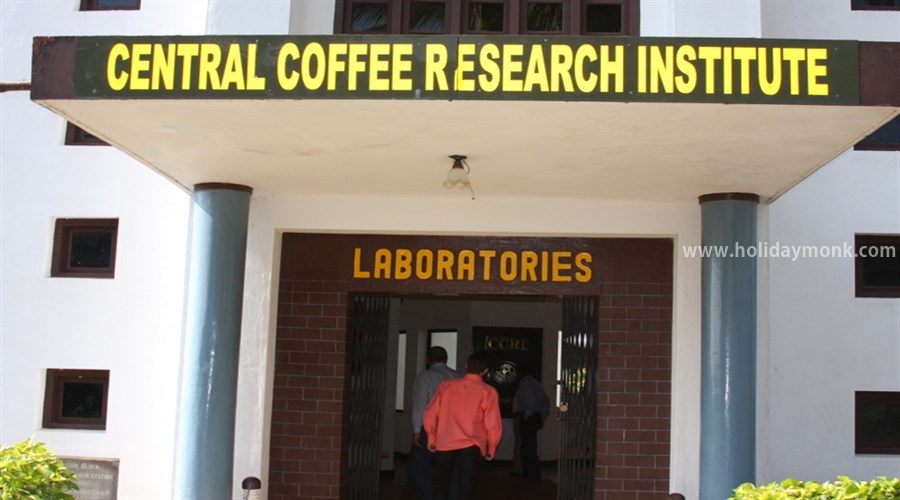
Central Coffee Research Institute
Research work on coffee was initiated during the year 1915 by setting up a temporary laboratory at Koppa. Initial studies focused attention in combating the dreaded leaf disease of coffee. Later it was deemed necessary to have a full fledged experimental station to tackle the multifarious problems that the coffee industry had been countered with. Accordingly the Government of Mysore started a field research station and officially named it the ” Mysore Coffee Experimental Station” during 1925. The land for the research station was gifted by Major C.S.Crawford of Guntanaik estate. Subsequently the erstwhile Government of Mysore handed over the established farm to the Coffee Board, which had come into being during 1942. Organized research on Coffee started from 1946 onwards.
The Central Coffee Research Institute ( CCRI ) is presently one of the premier institutes in South East Asia. There are seven different disciplines viz. Agronomy, Soil Science and Agricultural Chemistry, Botany, Entomology/Nematology, Plant Physiology, Biotechnology and Post Harvest Technology, striving to evolve strategies aimed at increasing productivity and improvement is the quality of coffee. Besides, regional stations have been established at Chundale in Kerala, Thandigudi in Tamil Nadu, Raghavendranagar in Andra Pradesh and at Diphu in Assam, in addition to Coffee Research Sub-station at Chettalli in Kodagu for extrapolation of results under different agro-climatic conditions where coffee is grown.
An exclusive Tissue Culture and Biotechnology Division has been established in Mysore where studies on bio-technology and molecular biology are in progress to complement the conventional breeding programs in developing high yielding, pest and disease resistant varieties. The Quality Control Division Stationed at Bangalore has been actively collaborating with other research disciplines in upgrading the quality of coffee in the cup.
Location
The Central Coffee Research Institute is about 8 kms from Balehonnur and is located about 3 kms off the main road on Balehonnur – Sringeri route in Chickmagalur District.
The Research Farm
The total area of the institute is 130.94 hectares. The area planted to coffee is 80.26 hectares comprising 51.32 hectares of arabica and 28.94 hectares of robusta. In addition about 10.0 hectares has been planted to C X R during 2000 with 28.3 hectares. jungle remaining for future expansion about 12.38 hectares of land is utilised for nursery roads and buildings. The forum has a precise collection of germplasm and exotic material from all the coffee growing countries including Ethopia, the home land of Arabica. Since inception, the institute has treasured a wide range of species of shade trees under which coffee is grown thus preserving the ecology. Diversification is being intensified and the diversified crops like pepper and areca are fast becoming an appreciable source of income to the institute. The forum has good water source of different points and recognizing the advantages, check dams have been constructed to impound sufficient quantity of water. Construction of few more are on the anvil. As is the case in coffee plantations, the farm at CCRI too has nature in its pristine beauty further embellished by a rich presence of flora and fauna.
Man Power
There are about 60 scientific and technical personnel who are involved in carrying out research in various disciplines. The farm has a total strength of 127 workmen comprising 99 Mazdoors and 28 Non-staff and Maistries.
MORE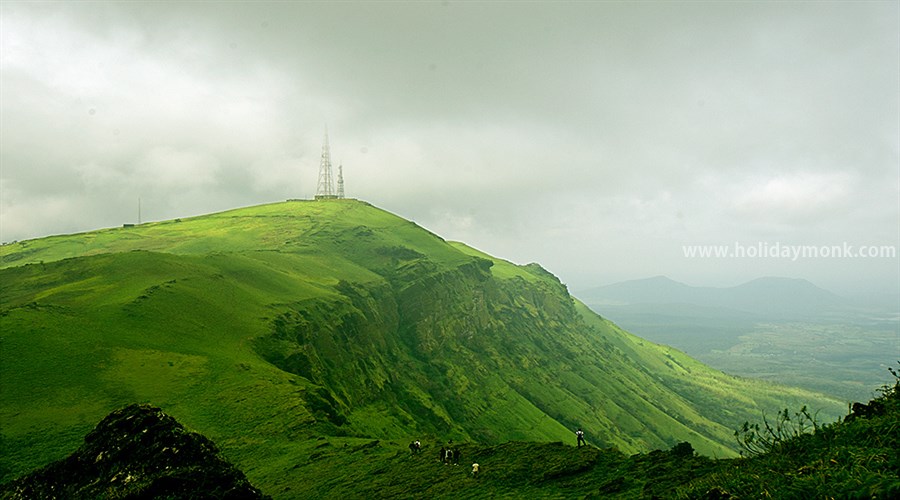
Baba Budangiri Hills
Overview
To the north of Chikmagalur town is the Baba-Budan Range or Chandra Drona Parvatha as it was known in olden times, which has one of the highest mountain peaks between the Himalayas and the Nilgiris. The loftiest point of the range is Mullaiyanagiri which is 1,926 meters above sea level. The three large caves here said to have been sanctified by 3 siddhas contain their icons and ‘gaddiges’ (tombs) and an annual jatra is held here in their honor. The enthralling scenery around makes this a much frequented pilgrim center. Seethala Mallappana Kanive to the left side is said to have been hallowed by Sidha Seethalaya and contains a Matha and the dual shrine temple of Seethala-Mallikarjuna. The Baba-Budan range has taken its name from the 1895 meters high Baba-Budan Giri, situated just 28 kms north of Chikmagalur town. A beacon lighted here during Deepavali can be seen at Chikmagalur. The peak takes its name from the Muslim saint, Baba-Budan, who took up residence here for more than 150 years ago and brought the coffee seeds for the first time from Yemen.
Guru Dattatreya Bababudanswaamy’s Darga
Sri.Guru Dattatreya Bababudanswamy’s Darga on the Bababudan hills in Chikmagalur Taluk is an ancient and important institution held in high esteem by Hindus and Mohammadans alike and is resorted to by large numbers of Pilgrims from all parts of India. A laterite cave here is believed to have been sanctified by the residence of Dattatreyaswamy and Hazarat Dada Hayath Mir Khalandar and other saints is a venerated place of pilgrimage. The worship of the Peeta is conducted by an unmarried Man or Fakir. Several Hindu and Muslims rulers are stated to have helped this institution with liberal grants. An annual “Jatra or Urs” which is held under the auspicious of the peeta for three days after the Holi Festival according to Hindu Calender is attended by both Hindus and Muslims.
It was Baba-Budan Giri that the first ever coffee in the country was grown way back in 1670 A.D. Enterprising Europeans pioneered large scale coffee plantations in the district more than 150 years back and to this day the sylvan slopes are studded with coffee plantations. A walk among the coffee plants, especially during the flowering season (March – April) when the air is full of the heady fragrance of coffee blossoms, is an experience to cherish.
Manikya Dhara
At a short distance from Guru Dattatreya Bababudanswaamy’s Darga are the three famous waterfalls with epic associations – Gada Theertha, Kamana Theertha, Nellikayi Theertha. Gada theertha according to a myth was created by the Pandava prince Bheema with his ‘gada’, to quench the thirst of his mother during their exile. Pilgrims who bathe in the Nellikayi Theertha formed by Manikya Dhara Waterfall, leave behind one item of their clothing as per a local belief.
Nearby Places of Interest
Caves: Three large caves said to have been sanctified by three siddhas contain their icons and gaddiges (tombs) and an annual ‘jatra’ (fair) is held here in their honour. The enthralling scenery makes this a much frequented pilgrim centre.
Seethala contains a ‘matha’ and the dual shrine temple of ‘Seethala-Mallikarjuna’.
Waterfalls: A short distance from here are the three waterfalls with epic associations, namely Gada Theertha, Nallikayi Theertha and Kamana Theertha near Attigundi
Gada Theertha, according to a myth was created by the pandava prince, Bheema with his ‘gada’, the club, to quench the thirst of his mother during their exile.
Pilgrims who bathe in the Nellikayi Theertha formed by Manikyadhara waterfall, leave behind one item of their clothing as per a local belief.
Galikere is a lake near the temple, can be accessed by walk of 2 km
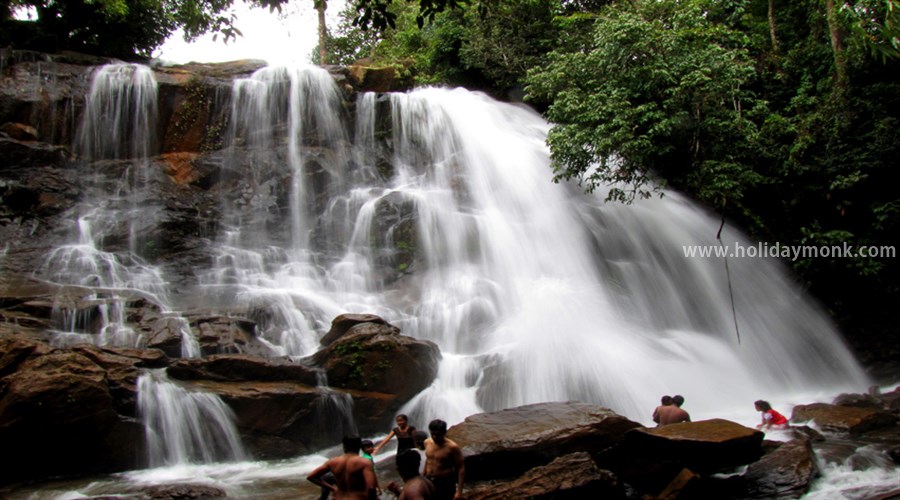
Shankar Falls
Karnataka boasts of some scenic and exotic hill stations that are frequented by those seeking the green and serene. Among them one such location would be the Shankar falls. This waterfalls is amidst of lush spread of coffee plantation and is located at about 25 kms from the town of Chikmagalur, Western Ghats.
The falls is in the midst of thick coffee bushes and tall trees entwined with pepper vines. One must walk close to get a good view of the falls.
The best time to visit will be during the monsoon when the waterfalls in full gush and also during the beginning of winter.
MORE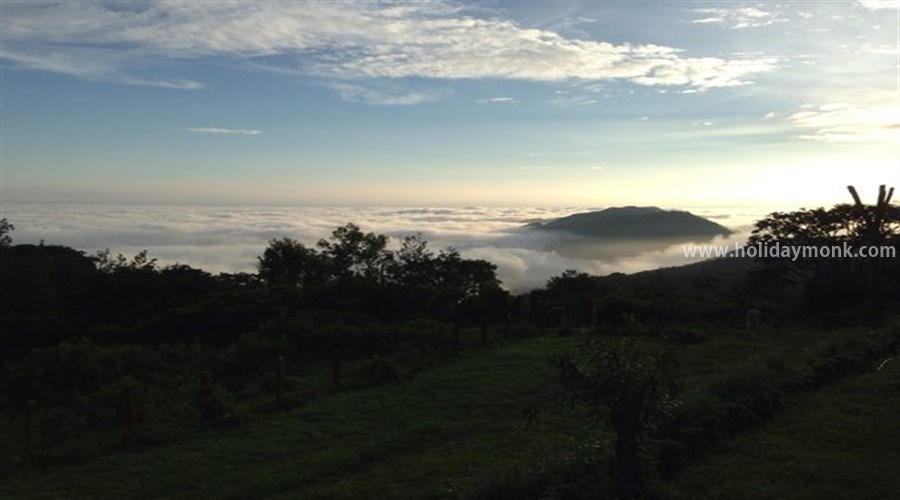
Doddabale Siddaragudda Peak
Doddabale Siddaragudda Peak, which is 5,500 feet high. From the peak of Doddabale Siddaragudda Peak, the Lord Shiva Temple can be seen, which is said to be about 800 years old. Near the small village of Yemmedoddi, there is a lake, Madagadakere, which according to folklore is said to be filled with magic rain. About 45 km from Shivgiri is the Bhadra Wildlife Sanctuary, which is home to many endangered species of animals and birds.
MORE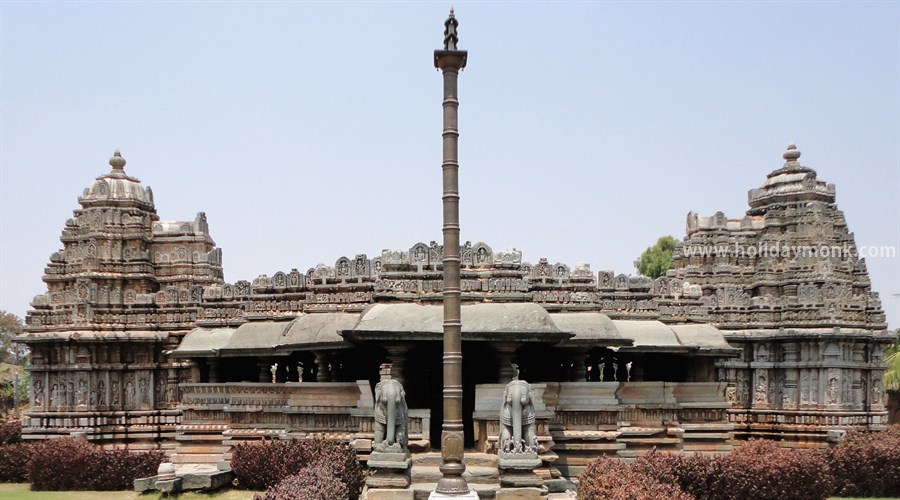
Veera Narayana Temple – Belavadi
Belavadi is a national heritage site and one of the important attractions in Karnataka tourism. The temple here is built in Hoysala architecture. Belavadi village is located at a distance of 29 km southeast of Chikmagalur town and just 10 km from Halebid, another world heritage site and a visit to Belavadi is quiet town is a rewarding experience.
Belavadi is a scenic village surrounded by many trees, extensive green lands and lush greenery. Belavadi is dotted with temples and shrines, the most outstanding of them being Sri veeranarayana temple – a fine example of Hoysala architecture.
Sri Veeranarayana Temple, Belavadi
The Veeranarayana temple, built in 1206 AD, is a trikutachala structure, having three shrines dedicated to Veeranarayana, Venugopala and Yoganarasimha. Like any other Hoysala temple, the Belavadi temple is also made of soapstone and has varied and intricate carvings on its walls. It is believed that the western part of the temple containing the idol of Veeranarayana was first constructed and the eastern portion of the temple was later added.
The entrance to the temple is majestic and has two carved elephants on either side of the gateway. The Navaranga of Veeranarayana shrine has beautiful bell shaped pillars and a well decorated roof. The idol of Veeranarayana and its garuda pedestal is around 2.5 metre high. With four hands and seated in lotus posture, it is considered as one of the best specimens of Hoysala art.
The other two shrines face each other with one shrine square in shape and other is in stellate shape. The north facing shrine has the idol of Venugopala while the south facing shrine has the idol of Yoganarasimha. The idol of Venugopala playing the flute is 2.5 m tall with its pedestal and the idol of Yoganarasimha in sitting posture is 2.3 m tall.
All the shrines have towers which have varied sculpted figures making it quite decorative. The ceiling panels are well carved with some having geometric patterns and others having figures and warriors in different postures. The walls of the temple have large images but some of them are not quite impressive, as they lack the sharpness and fine finish associated with Hoysala temples.
MORE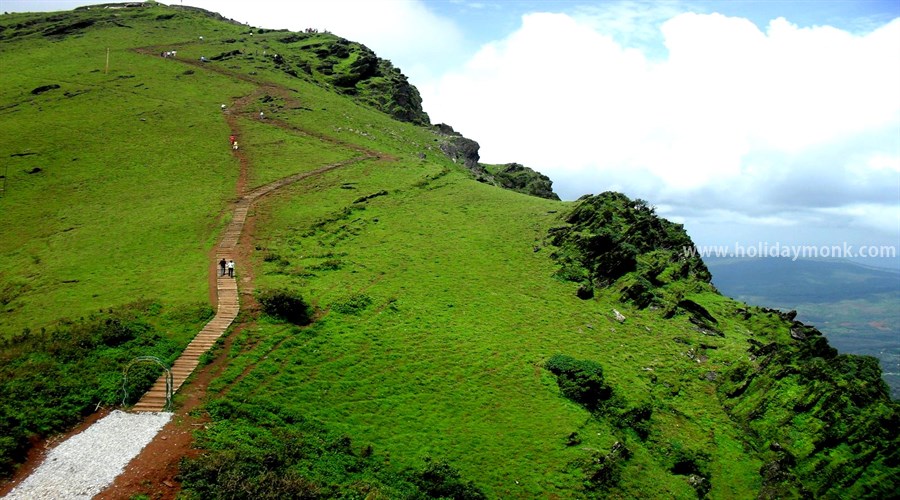
Mullayanagiri
Mullayanagiri located in Chikmagalur district is the highest peak in Karnataka with an altitude of 1950 meters. Regarded as the highest peak between Himalayas and Nilgiris, Mullayanagiri is one of the best treks in Karnataka and among the top trekking places to visit in Chikmagalur. It is also one of the top attractions you must include in Chikmagalur Packages.
The peak gets its name from a small temple at the summit, which is dedicated to a Tapasvi Mullappa swamy, who is believed to have meditated at the cave near the summit. For adventure enthusiasts, the location offers an opportunity to engage in activities like mountain biking, trekking and road biking. Being the highest peak in Karnataka, it offers some very interesting trails. The trek route to the peak begins from Sarpadaari, which is connected with Chikmagalur by road. This is 3 km long moderate level trek which is fairly steep and takes about 1.5 hrs to reach the peak. Direct road access is also available closer to the peak which needs less than 1 km trek and take about 20-30 mins.
The valley views from the top of Mullyanagiri are breathtaking. The landmarks on the trek path are a small stream, a Nandi statue and a cave with a small water source inside. The Sunset presents a spectacular view from the peak.
Other trekking trails from Mullayangiri are Baba Budangiri (12 km), Manikyadhara Falls (9 km) and Deviramma Temple (13 km). The path to Bababudanagiri is quite popular are relatively easy. The path behind the temple on Mullayanagiri peak towards the BSNL Tower on Eastern side leads to Baba Budangiri and Manikyadhara Falls. However, the charm of this trail lies in the Ridge Walk and Blade Walk along the linear hills of the Baba Budangiri ranges. The first stretch involves a steep descent downhill to meet the main road. The second part of the trail involves a gentle ascent uphill and a unique ridge walk. Usually, there is heavy fog and visibility challenges as one treks on the ridges.
The next stretch of this trail takes one to the BSNL tower which is a few kilometers before the peak. This trail entails the blade walk if one is able to get permission from the checkpost situated enroute as trekkers cross the main road. Blade walk is a truly adrenalin pumping rocky stretch with scaring drops on either side. After more than half an hour trek on a narrow path, one reaches the BSNL tower. A small lake near the tower offers refreshment. The final stretch of the trail takes you to Baba Budan Giri that lies about 2 km away from the tower. The route from BSNL tower to Bababudanagiri is clear and camping is allowed at Baba Budhangiri.
Manikya Dhara Falls is straight from the BSNL tower. Deviramma Temple is further 4 km trek from Manikya Dhara Falls. The best time to trek Mullayangiri is from September to February. There are no shops at the summit. Packed food and water is necessary for trekking. Temple authorities can help in camping and cooking.
MORE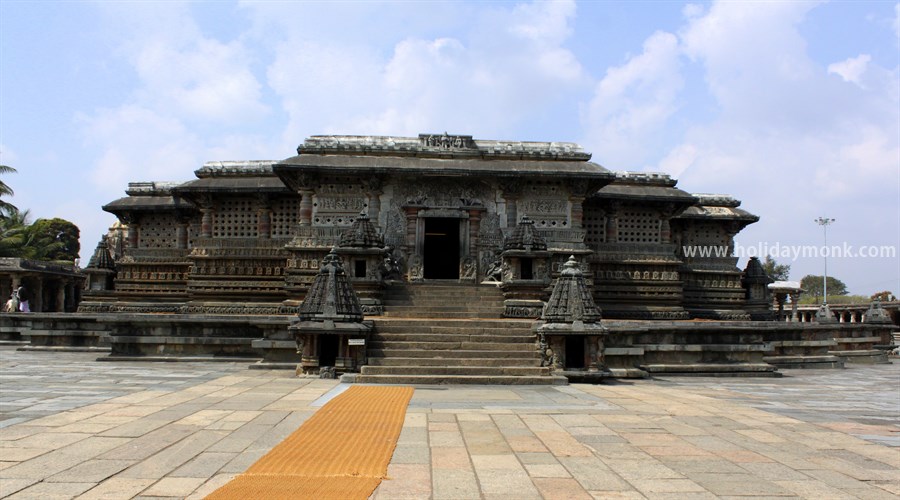
Belur
The historic town Belur, one of the monuments of Karnataka, is beautifully set on banks of Yagachi river, amidst lush surroundings, in Hassan district of Karnataka. It was formerly known as Velapuri and was chosen as the alternate capital city by the Hoysala’s after the ransacking and destruction of their then capital Dwarasumudra (now known as Halibeedu or Halibidu) by the sultans of the Northern India.
Hoysalas ruled the Deccan and the parts of present day Tamilnadu, between 11th and 13th Centuries. The Hoysala dynasty is said to have been named after the words ‘Hoy Sala’- Hoy means ‘Strike’, Sala is the name of a legendary leader called ‘Sala’. Sala is said to have killed a lion which was ready to pounce on a meditating Guru Sudatta Muni who in turn blessed him by giving him the power to rule. By virtue of this heroic act he becomes the leader of the tribe and gradually emerges as the king. The Sala symbol was King Vishnuvardhana’s creation and became the Hoysala symbol or crest, from his time.
The Hoysala Crest
The main entrance to the Chennakesava temple complex is crowned by an ornate gopuram or tower, built in the Vijayanagara style. Within the complex, the main temple of Chennakesava lies in the centre, facing east, flanked on its right by the Kappe Chennigaraya temple, and a small Lakshmi shrine. Set back on its left is an Andal or Ammanavara temple. There are two graceful Garuda sthambhas, or pillars, in the main courtyard. The sthambha facing the main temple was built in the Vijayanagara period, and the one to the right of the temple was built by the Hoysalas.
Being patrons or art and architecture, during their 300 year reign Hoysalas have built numerous temples and monuments. Belur is the best of the Hoysala creation. The magnificent monument of Belur, the awesome architecture and splendid sculptures makes it heaven on earth, therefore called the ‘modern Vaikuntha (heaven) on earth’
Belur and Halibeedu are Jewels in the Indian cultural heritage.
Myths and Legend
King Vishnuvardhana is supposed to have dreamt about Lord Chennakesava while on a night stay in Baba Budan Forest decided to construct the temple at Belur. By doing so he unwitting separated the Lord from his consort living in the forest of Baba Budan. It’s believed that the lord visits his consort daily, therefore the local cobbler community presents s fresh pair of sandals daily and it disappears by night after being presented to the lord.
Yagachi Water Sports
Yagachi Dam is one of the prime attractions of Belur, located at a distance of 45 km from Hassan District. The dam was built in the year 2004 with the main objective of meeting drinking water and irrigation requirements of Hassan, Chikmagalur and Belur districts. A wide reservoir, which lies at an elevation of 965 feet above sea level, has been constructed across Yagachi River (a tributary of Kaveri River). The outflow of the water in Yagachi Dam is 4300 causes and inflow is about 4500 causes.
Recently, Yagachi Water Adventure Sports Centre was set up in backwaters of this dam in order to attract maximum tourists. Therefore, travellers can undertake various water sports activities here, namely banana boat ride, cruise boat, speed boat, kayaking, jet skiing and bumper rides, to mention a few. Apart from these activities, this place is ideal for tourists who are looking forward to spend time amidst peaceful surroundings.
MORE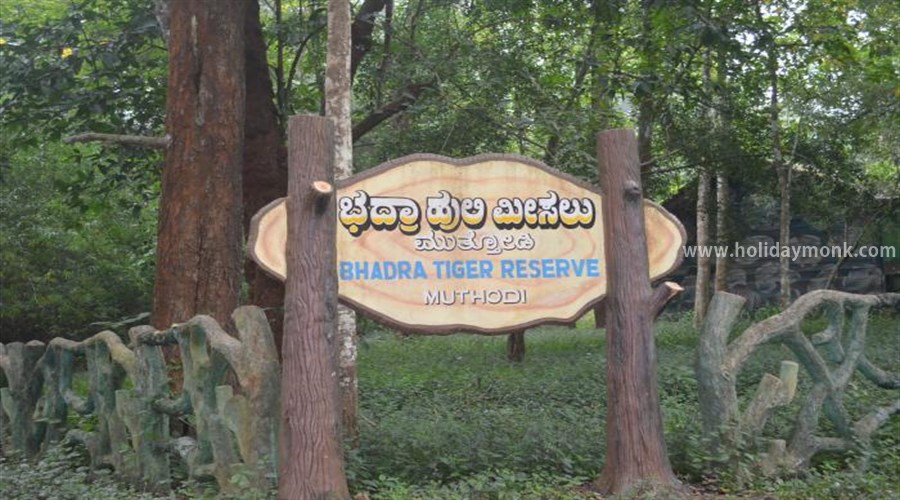
Bhadra Wildlife Sanctuary
The district with dense tropical evergreen forests interspersed with lush grassy slopes is endowed with a rich and varied fauna, abundantly seen at the Bhadra Wildlife Sanctuary, 38 kms north – west of Chickmagalur town. The sanctuary surrounded by hills has the tributaries of the Bhadra river flowing through it. The western border of the sanctuary abuts the back waters of the Bhadra Reservoir which has a catchment area of 1,968 kms. surrounded by scenic hills and steep slopes. A diverse and exciting range in wild life is found here – bison, elephants, tiger, panther, sambar, spotted deer, wild beer, porcupine, birds like the peacock, parrot, partridge, pigeon, etc. and reptiles such as cobra, python etc. All these wild beasts can be viewed while driving along the 150 km long roads maintained inside the sanctuary.
Bhadra Wildlife Sanctuary situated in the midst of Western Ghats in Chikmagalur and Shimoga districts of Karnataka. It is about 275 kms from Bangalore and 38 kms from Chikmagalur town and covers an area of 492.46 Kms. The Bhadra Wildlife Sanctuary boasts of a substantial tiger population It was declared as the 25th Project Tiger of India in 1998.
Kallahathigiri is the higest peak in the sanctuary with a height of 1,875 Mts. Kemmannugundi and Bababuden Hills, are within the sanctuary.
The lush green vegetation and lofty hill ranges are a beautiful and spectacular. The wildlife sanctuary is called so after the Bhadra River which flows through the lush forests. The lush green vegetation of the Bhadra Wildlife Sanctuary consists of mostly moist and dry deciduous forests. More than 120 species of trees grow here, which include Teak, Rosewood, Mathi, Honne, Nandi, Tadasalu and Kindal.
Bhadra is popularly known as Muthodi Wildlife Sanctuary, after the village on its fringes. Jeep safari is worth going and for photographers it’s a delight.
MORECoffee Museum
Coffee Museum offers an interesting insight into the coffee business, from bean to brew. Their excellent documentary on the origins and growth of coffee in the region is worth sitting through.
Coffee Museum is an interesting place and a must-visit for everyone who are traveling to Chikmagalur. The coffee quality evaluation and training center is also on the same premises as the coffee museum. The building itself is nestled in greenery and a short stairway leads you to the coffee encyclopedia.
Lined with pots on either side, don’t miss the coffee plant growing in one of the pots – the green berries are a sight you must not miss. As soon as you enter the building, the huge posters all around arrest your attention. The first poster is brightly colored and depicts the ‘Coffees of India’ and each area is represented with a motif that signifies that region. There are other details such as the elevation, rainfall and main type of coffee grown.
There are also interesting depictions that show the coffee map of India as well as a poster showing details of specialty coffees. I also find that the traditional coffee-growing areas are Karnataka, Kerala and Tamil Nadu, while Andhra Pradesh and Orissa are among the non-traditional areas. Coffee is also extensively grown in all regions of the North-East.
After admiring the visuals, Walk way leads to the evaluation center where a very friendly staff member takes us on a tour explaining how the coffee beans are evaluated and graded. The process is extremely complicated and iterative and there is even a section where the final product is tasted.
Located on the lower level is the coffee museum; a board that reads ‘Coffee Yatra’ welcomes you inside. At a small fee of Rs 20 for adults, this place is a revelation. Taking you on a journey through the world of Indian coffee, this state-of-the-art thematic museum gives your coffee knowledge a boost like no other.
An initiative by the Coffee Board of India, you get a tour of the history of Indian coffee, its legends, cultural practices nurtured by tradition and enhanced by technology and various aspects related to research and development. There are interesting aspects on coffee and health as well as ecology and sustainability that are also highlighted.
There is also a coffee movie that is played here where you see the process as well as get perspectives of coffee cultivation from real growers. A coffee song is also played. If you are here, this place is a must visit. The coffee museum in Chikmagalur is behind Zilla Panchayat Office, Kadur Road and is closed on all Saturdays, Sundays and general holidays. The timings are between 10:00 am and 1:00 pm and between 2:00 pm and 5:30 pm.
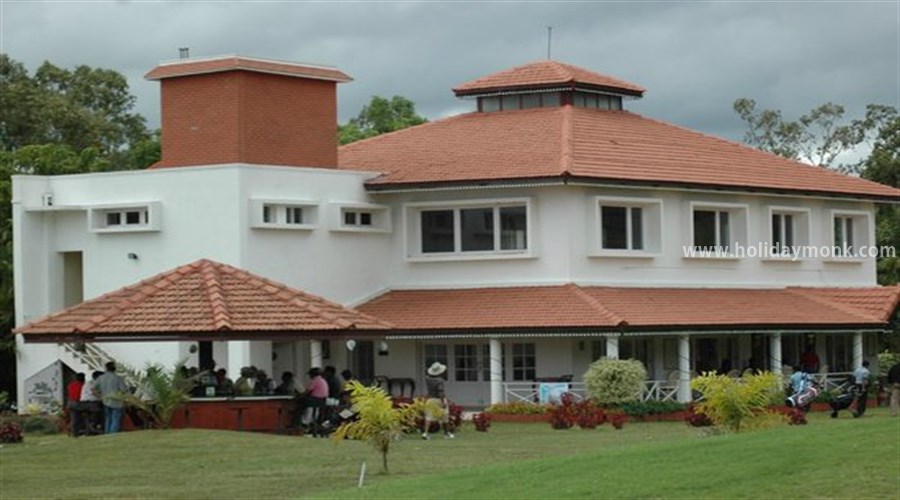
Chikmagalur Golf Club
Lush green hills surround Chikmagalur (1, 434 mts) and blend into Western Ghats. This is where the famed Indian Coffee originated, where the highest peak Mulaiyanagiri (1,925mts) in Karnataka nestles cosily with Babubudanagiri hills.
A constant clamour by visitors, who have fallen head over heels for Chikmagalur Golf Club, has been for a place to stay. In keeping with their wishes, the club now has elegant and stylish rooms in a five star grade and has become the talk of the town.